An underbite might give your pet a quirky grin—but behind that smile, there could be a medical issue hiding in plain sight.
Underbites (mandibular prognathism) and overbites (maxillary prognathism) are both forms of malocclusion, which refers to abnormal alignment between the upper and lower teeth. While some cases are purely cosmetic, others can lead to chronic pain, infection, or even difficulty eating.
At St. Petersburg Animal Hospital & Urgent Care, we help pet parents understand when a bite abnormality needs treatment—and how to manage it compassionately and effectively. Let’s explore what causes malocclusion, which signs to watch for, and what steps to take next.
What Is Malocclusion in Pets?
Malocclusion is a misalignment of the teeth or jaws that prevents the mouth from closing properly. Some malocclusions are inherited, while others may result from retained baby teeth, trauma, or abnormal jaw development.
Common types include:
- Underbite (Class III) – The lower jaw protrudes in front of the upper jaw.
- Overbite (Class II) – The upper jaw extends beyond the lower jaw.
- Crossbite – Upper and lower teeth overlap incorrectly on one side.
- Wry bite – One side of the jaw grows unevenly, creating asymmetry.
More on these conditions is available in DVM360’s overview of dental malposition and the Merck Veterinary Manual.
Which Pets Are Most at Risk?
Malocclusion can happen in any dog or cat, but certain breeds are predisposed:
- Brachycephalic breeds (e.g., Bulldogs, Pugs, Shih Tzus) often have pronounced underbites due to shortened skull anatomy.
- Toy breeds (e.g., Chihuahuas, Yorkies) are prone to overcrowded teeth and retained baby teeth.
- Persian and Himalayan cats may inherit jaw or dental misalignments.
Flat-faced pets may also suffer from Brachycephalic Obstructive Airway Syndrome (BOAS), which can complicate both breathing and dental care.
When Does a Bite Abnormality Become a Medical Concern?
Some bite quirks are harmless. Others can create serious discomfort or long-term oral damage.
Watch for these signs that your pet may need dental evaluation:
- Trouble picking up food or chewing
- Dropping food from the mouth
- Bad breath or drooling
- Bleeding from gums or soft tissues
- Teeth pressing into the roof of the mouth or tongue
- Mouth rubbing or pawing at the face
- Fractured, worn, or discolored teeth
- Retained baby teeth
Bite-related trauma can result in ulcers, infections, abscesses, and behavioral changes due to chronic pain. The AVMA emphasizes the importance of early dental care to prevent long-term complications.
How We Diagnose Malocclusion in Pets
At St. Petersburg Animal Hospital & Urgent Care, we perform a complete oral health assessment as part of our dental exams. If we suspect that a bite issue is affecting your pet’s health, we may recommend:
Diagnostic steps include:
- Full-mouth dental radiographs – X-rays help assess root position, bone health, and hidden trauma. Learn why X-rays matter.
- Assessment under anesthesia – Allows for detailed evaluation with reduced stress and improved safety. AAHA’s dental care guidelines explain why.
- Dental charting and oral photography – Especially useful in puppies, kittens, or for monitoring over time.
Early diagnosis allows us to intervene before damage occurs, especially during developmental stages.
Treatment Options for Underbites and Overbites in Pets
Whether or not treatment is needed depends on the severity of the misalignment and whether it’s causing functional issues or pain.
Common treatment options include:
- Selective extractions – Removing teeth that cause trauma or crowding.
- Orthodontic intervention – Rarely performed outside of specialty practices, but may be appropriate in specific cases.
- Crown height reduction with pulp therapy – Shortens teeth causing oral injury while preserving function.
- Monitoring only – In mild or cosmetic cases, no treatment may be necessary, just regular rechecks.
At St. Petersburg Animal Hospital & Urgent Care, our goal is to preserve comfort, function, and overall health—not just improve appearance.
How to Prevent Complications from Bite Abnormalities
While you can’t prevent all cases of malocclusion, you can help reduce dental disease and trauma through early care and good habits.
- Begin dental care early – Puppy and kitten exams allow early intervention.
- Brush daily with pet-safe toothpaste
- Avoid hard chews or bones – These can fracture teeth, especially in pets with abnormal alignment. AAHA explains the risks here
- Use VOHC-approved dental products – For home care that’s proven to work.
- Schedule annual dental exams and cleanings – We’ll monitor bite alignment, gum health, and tooth integrity.
You can also explore our complete dental services for long-term care and prevention.
When Is Dental Malocclusion an Emergency?
In some cases, bite abnormalities can cause acute pain or infection that requires urgent care.
Seek immediate attention if your pet:
- Is bleeding from the mouth
- Refuses to eat or seems painful when chewing
- Has swelling around the mouth or jaw
- Cries when touched near the face
- Is vomiting or drooling excessively
Visit our urgent care clinic for same-day evaluation and relief.
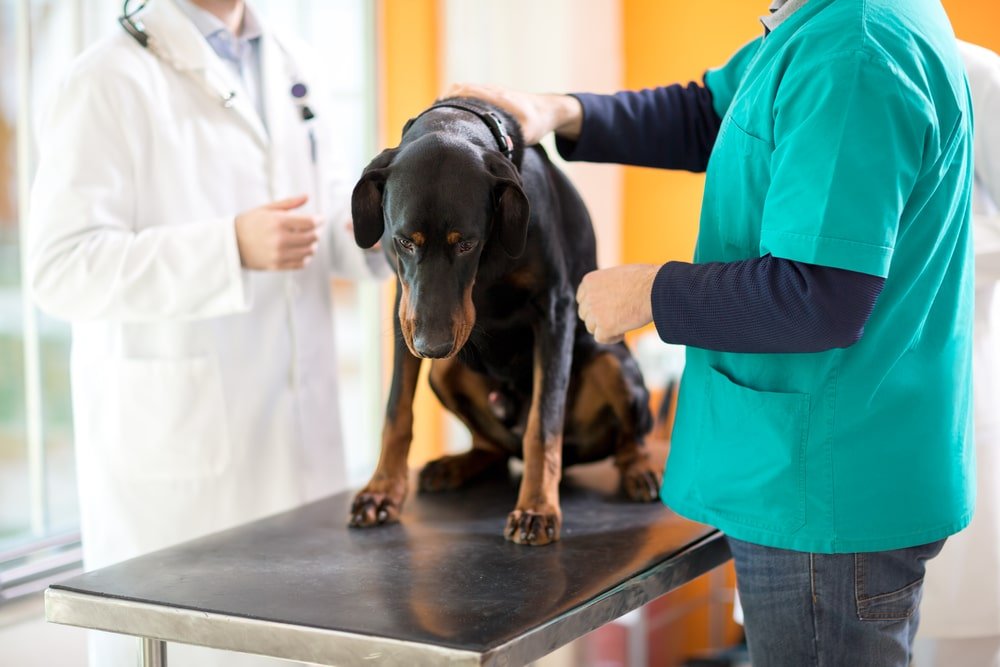
Next Steps: Let’s Talk About That Bite
Every smile is unique—but when bite abnormalities affect comfort or function, it’s time to take a closer look.
At St. Petersburg Animal Hospital & Urgent Care, we offer:
- Expert oral exams
- Safe anesthesia and dental imaging
- Honest, customized care recommendations
- A caring team committed to your pet’s well-being
Schedule a Dental Consultation Today
Not sure whether your pet’s bite is a concern? Let’s find out together. Book an appointment or call us with your questions—we’re always here to help you make informed, confident decisions for your pet.
Because every bite should be a healthy one.

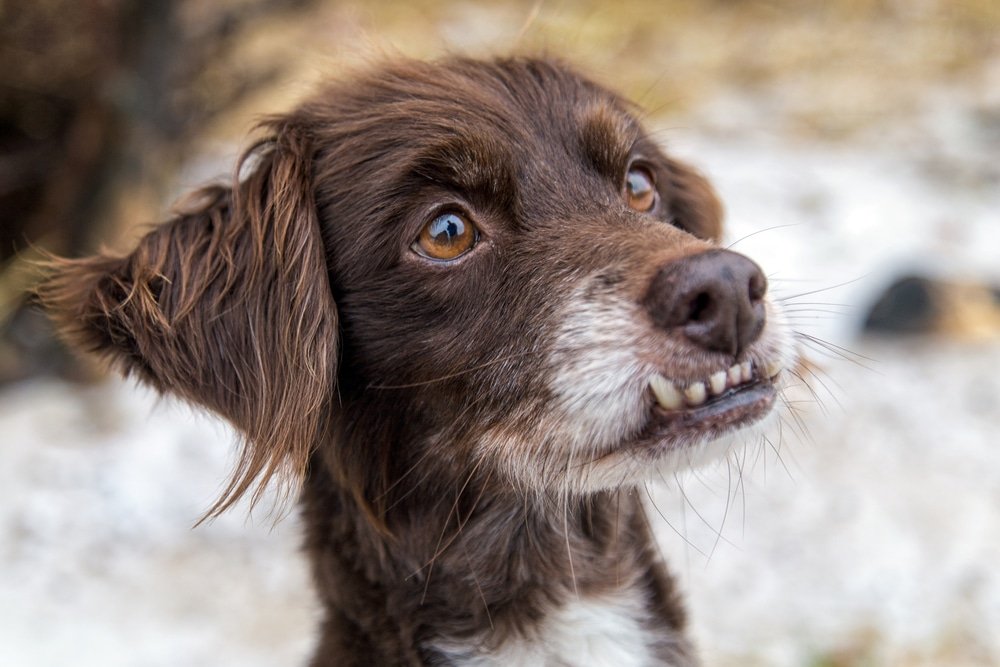
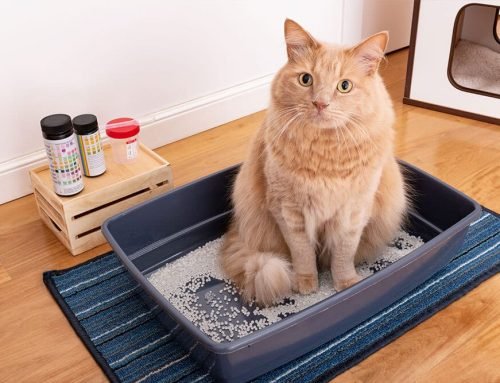
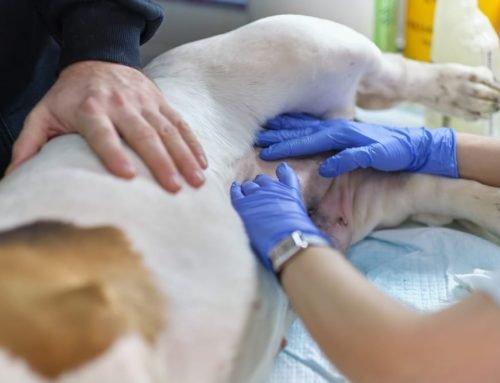
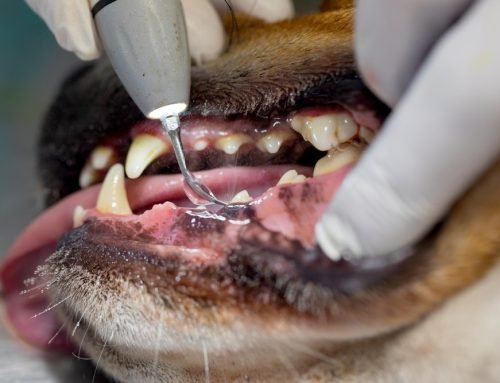
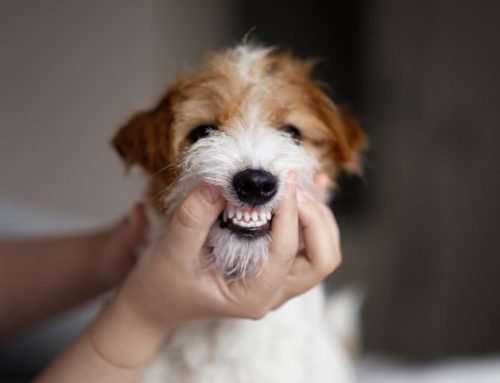

Leave A Comment